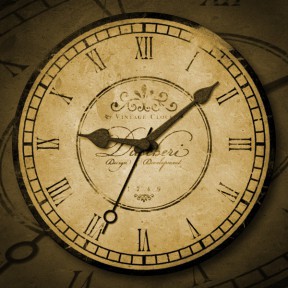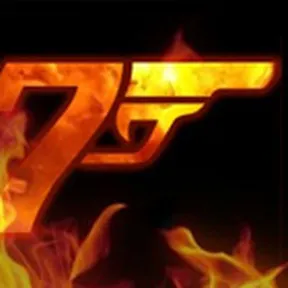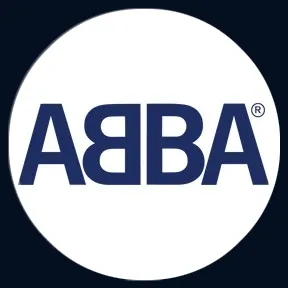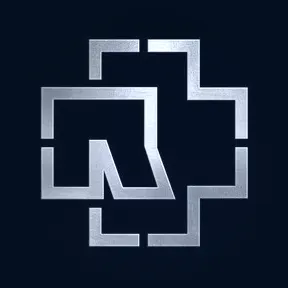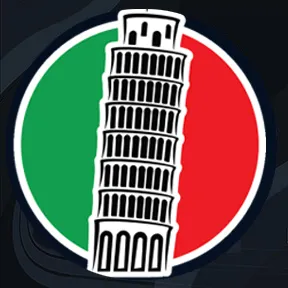
The Archean Eon
The Archean Eon is one of the four geologic eons of Earth history, occurring 4,000 to 2,500 million years ago (4 to 2.5 billion years ago).
During the Archean, the Earth's crust had cooled enough to allow the formation of continents and life started to form.
ETYMOLOGY AND CHANGES IN CLASSIFICATION
Archean comes from the ancient Greek Αρχή (Arkhē), meaning "beginning, origin". Its earliest use is from 1872, when it meant "of the earliest geological age." Before the Hadean Eon was recognized, the Archean spanned Earth's early history from its formation about 4,540 million years ago until 2,500 million years ago.
Instead of being based on stratigraphy, the beginning and end of the Archean Eon are defined chronometrically. The eon's lower boundary or starting point of 4 Gya (4 billion years ago) is officially recognized by the International Commission on Stratigraphy.
GEOLOGY
When the Archean began, the Earth's heat flow was nearly three times as high as it is today, and it was still twice the current level at the transition from the Archean to the Proterozoic (2,500 million years ago).
The extra heat was the result of a mix of remnant heat from planetary accretion, from the formation of the Earth's core, and from the disintegration of radioactive elements.
Although a few mineral grains are known to be Hadean, the oldest rock formations exposed on the surface of the Earth are Archean.
Archean rocks are found in Greenland, Siberia, the Canadian Shield, Montana and Wyoming (exposed parts of the Wyoming Craton), the Baltic Shield, Scotland, India, Brazil, western Australia, and southern Africa.
Granitic rocks predominate throughout the crystalline remnants of the surviving Archean crust. Examples include great melt sheets and voluminous plutonic masses of granite, diorite, layered intrusions, anorthosites and monzonites known as sanukitoids.
Archean Eon rocks are often heavily metamorphized deep-water sediments, such as graywackes, mudstones, volcanic sediments, and banded iron formations.
Volcanic activity was considerably higher than today, with numerous lava eruptions, including unusual types such as komatiite.[citation needed] Carbonate rocks are rare, indicating that the oceans were more acidic due to dissolved carbon dioxide than during the Proterozoic.
The evolution of Earth's radiogenic heat flow over time
The Earth's continents started to form in the Archean, although details about their formation are still being debated, due to lack of extensive geological evidence.
One hypothesis is that rocks that are now in India, western Australia, and southern Africa formed a continent called Ur as of 3,100 Ma.
A differing conflicting hypothesis is that rocks from western Australia and southern Africa were assembled in a continent called Vaalbara as far back as 3,600 Ma.
Although the first continents formed during this eon, rock of this age makes up only 7% of the present world's cratons; even allowing for erosion and destruction of past formations, evidence suggests that only 5–40% of the present area of continents formed during the Archean.
By the end of the Archaean c. 2500 Ma, plate tectonic activity may have been similar to that of the modern Earth.
There are well-preserved sedimentary basins, and evidence of volcanic arcs, intracontinental rifts, continent-continent collisions and widespread globe-spanning orogenic events suggesting the assembly and destruction of one and perhaps several supercontinents.
Liquid water was prevalent, and deep oceanic basins are known to have existed attested by the presence of banded iron formations, chert beds, chemical sediments and pillow basalts.
